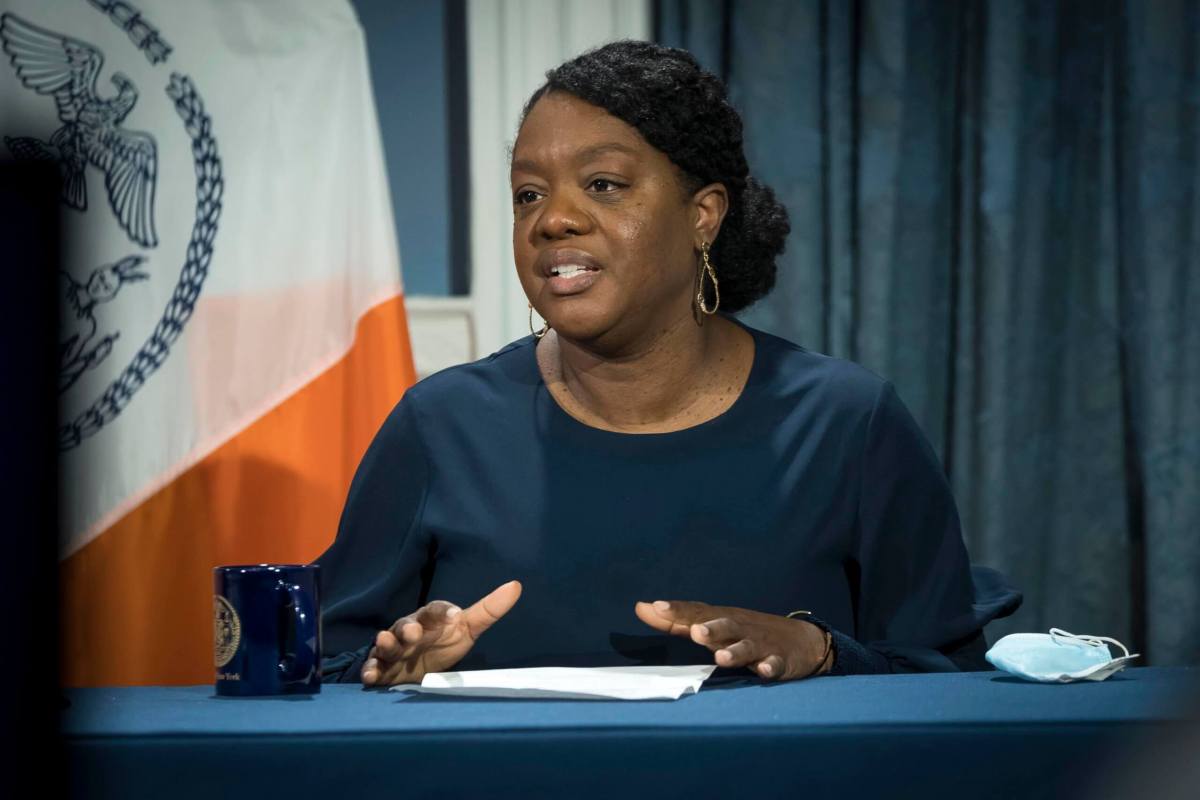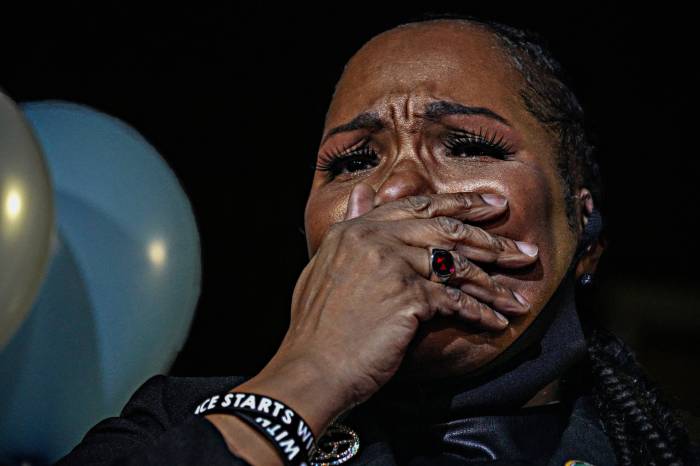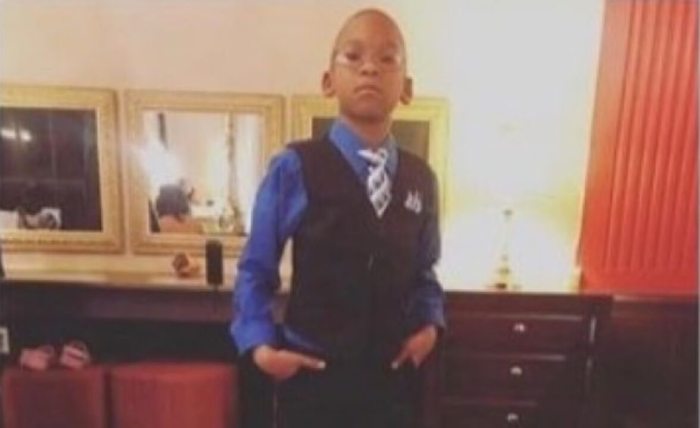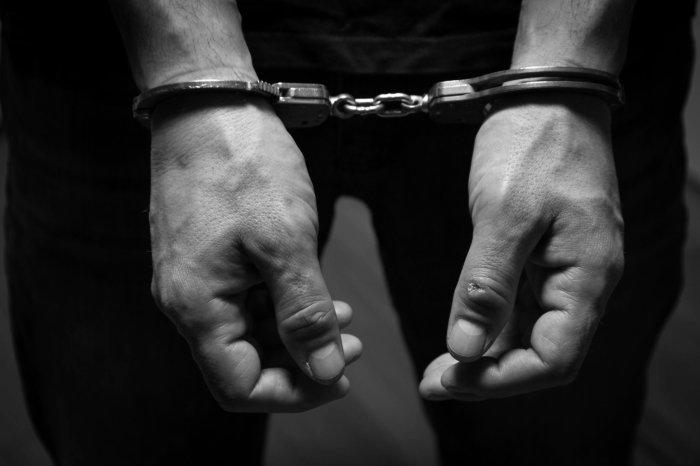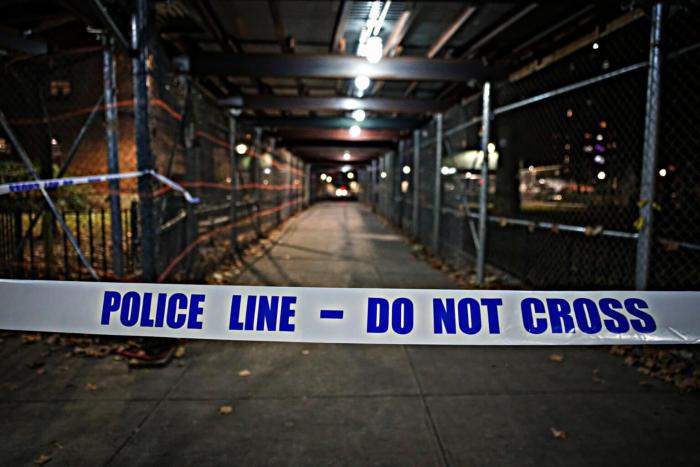Thirty communities across the five boroughs considered hardest hit by the COVID-19 pandemic will soon receive family enrichment centers (FECs) to help eliminate decades of neglect and inequality, Mayor Bill de Blasio announced Wednesday.
The FECs serve as welcoming, one-stop hubs for low income New Yorkers to receive services and support to help lead a better life, according to the mayor. Three such centers were previously established in East New York, Brooklyn, along with the Highbridge and Hunts Point sections of the Bronx, to help close the inequality gap.
Now the city is prepared to open FECs in 30 other neighborhoods which the city’s Task Force on Racial Inclusion and Equity identified as being most impacted by not just the COVID-19 pandemic, but also decades of societal inequality. De Blasio said these centers, operated in conjunction with community based organizations, offer a way up for people to “get help that will allow them to navigate this crisis and all the other challenges they face.”
“They provide a positive, nurturing space for families to get a lot of support that they often struggle for,” the mayor said. “This is a way to get ahead of problems before they happen, and to help get families on a very positive path.”
Sideya Sherman, executive director of the Task Force on Racial Inclusion and Inequity, stressed that the FECs will play an important role in offering families support and connections to valuable resources needed to thrive — from stress management to financial resources. They also serve as community hubs where family members can make connections with their neighbors and help support each other through any difficulty.
David Hansell, commissioner of the Administration of Children’s Services, also pointed out that the FECs use a “primary prevention” approach designed to help families stay out of difficulty and better protect children. He noted that the three areas where the first FECs were launched had “historically experienced high rates of child abuse and neglect.”
“This FEC expansion from 3 FECs to 30 reflects our commitment to addressing racial equity and inclusion in communities that have suffered disproportionately during the pandemic,” Hansell said, “and our commitment to investment in primary prevention services. It’s the best way to keep children safe and families strong.”
The 30 communities where FECs will be created are the following, broken down by borough:
- Manhattan — Lower East Side/Chinatown (ZIPs 10002, 10003, 10009 and 10013); Morningside Heights/Hamilton Heights (10025, 10027, 10031, 10032); Central Harlem (10026, 10027, 10030, 10037, 10039); East Harlem (10029, 10035); Washington Heights/Inwood (10032, 10033, 10034, 10040).
- Bronx — Mott Haven/Melrose (10451, 10454, 10455, 10456); Morrisania/Crotona (10456, 10459, 10460); Fordham and University Heights (10453, 10458); Belmont/East Tremont (10457, 10458); Kingsbridge (10463, 10468); Parkchester/Soundview (10472, 10473); Williamsbridge/Baychester/Edenwald (10466, 10467, 10468).
- Brooklyn — Bedford-Stuyvesant (11205, 11206, 11216, 11221, 11233, 11238); Bushwick (11206, 11207, 11221, 11237); Sunset Park (11220, 11232); Coney Island (11224, 11235); Flatbush/Midwood (11226); Brownsville (11212, 11233); East Flatbush (11203, 11226); Flatlands/Canarsie (11236).
- Queens — Queensbridge/Astoria (11101); Corona/Jackson Heights (11368, 11369); Briarwood/Flushing South (11435); Kew Gardens/Woodhaven (11419, 11421); Richmond Hill/South Ozone Park (11419, 11420); Jamaica/Hollis (11412, 11423, 11432, 11433, 11434, 11435, 11436); Queens Village (11429); Rockaway/Broad Channel (11691, 11692, 11693, 11694).
- Staten Island — St. George, Stapleton, Port Richmond (10301, 10303, 10304, 10310).



